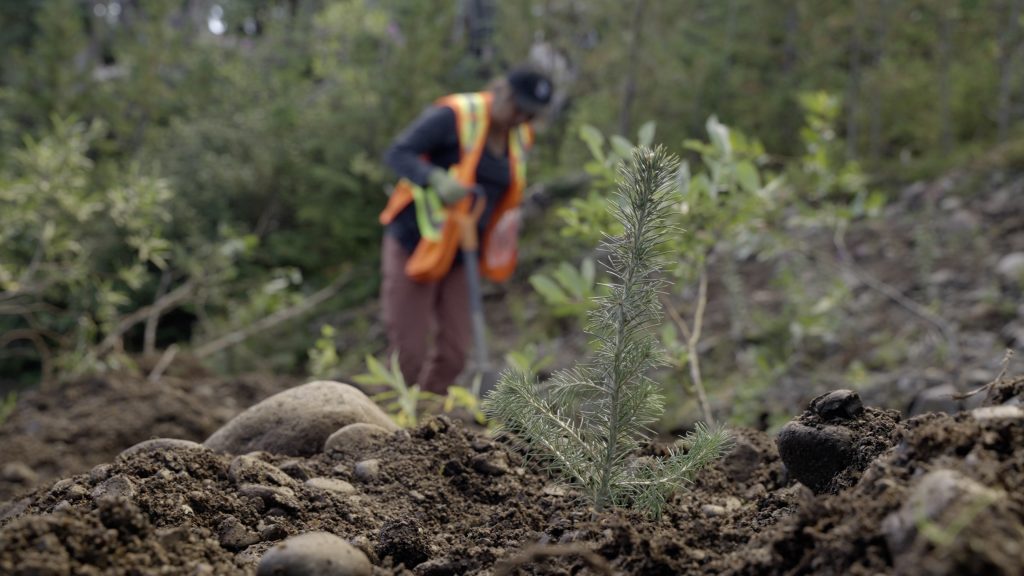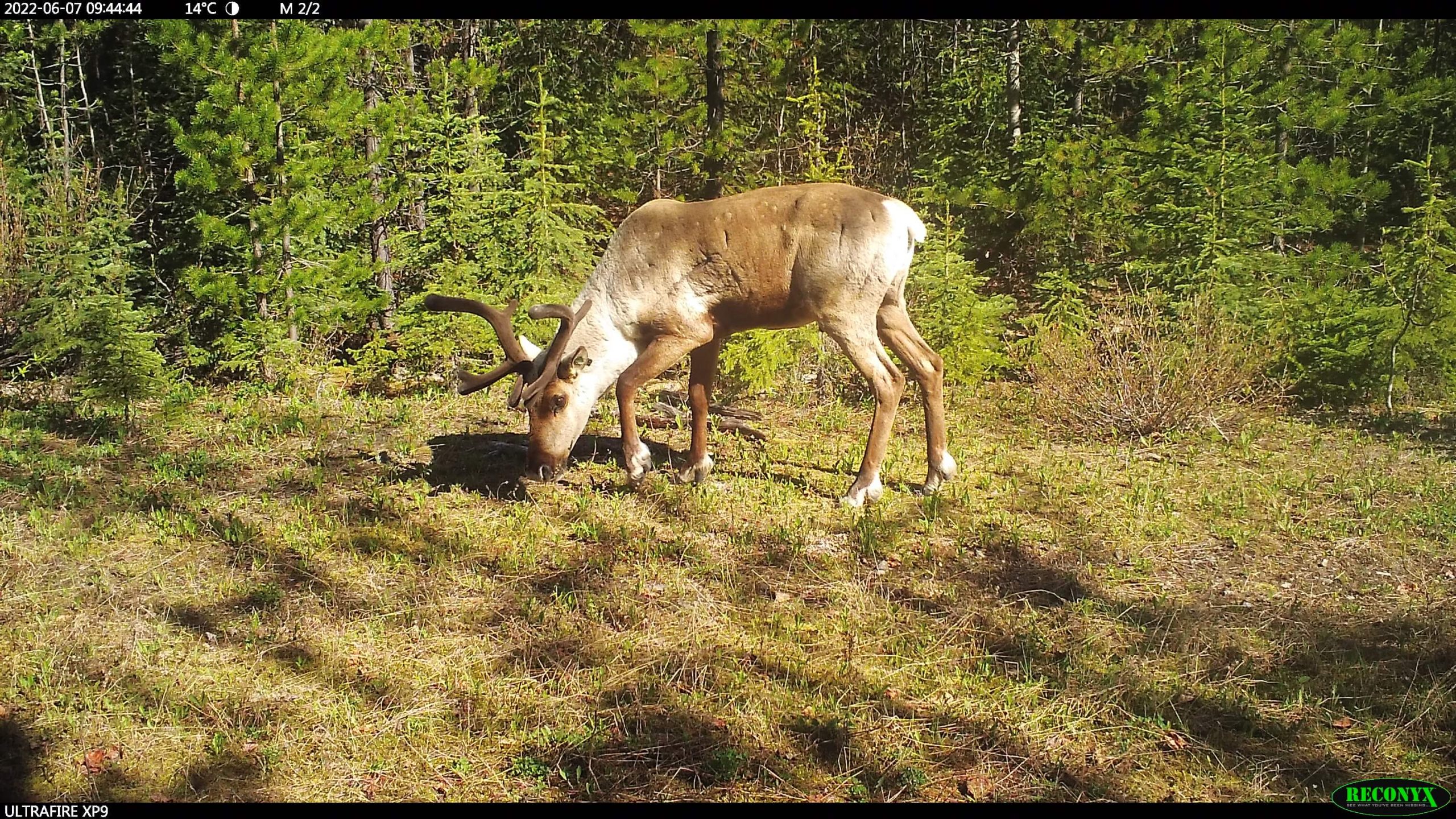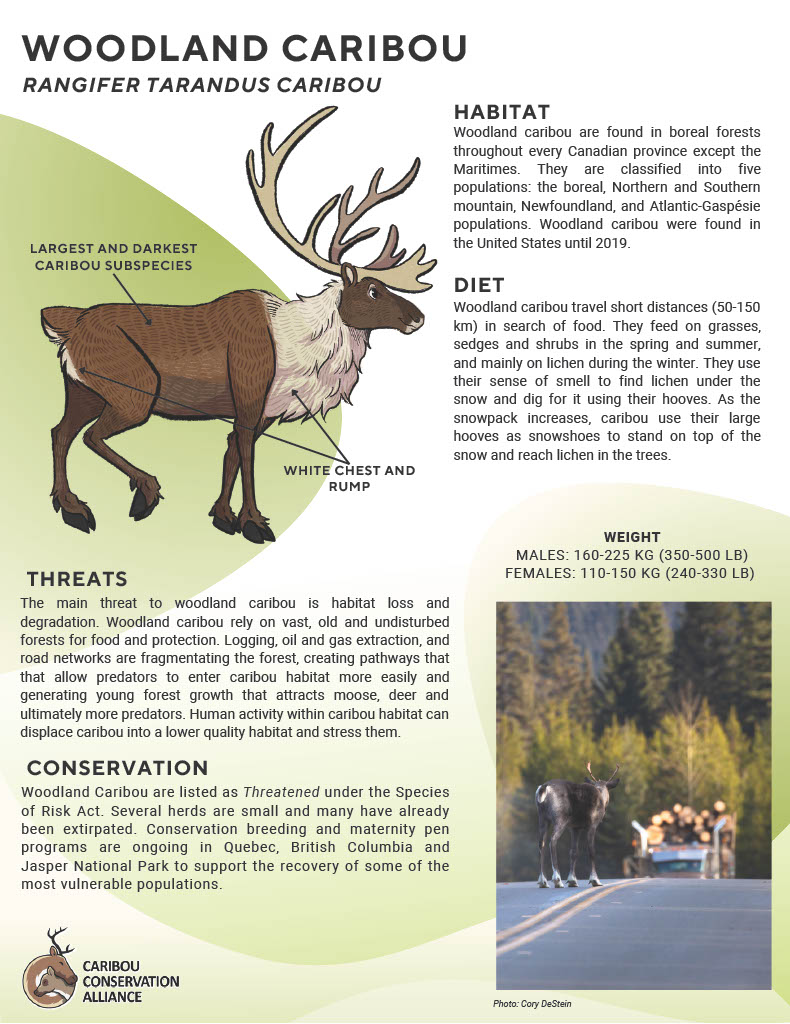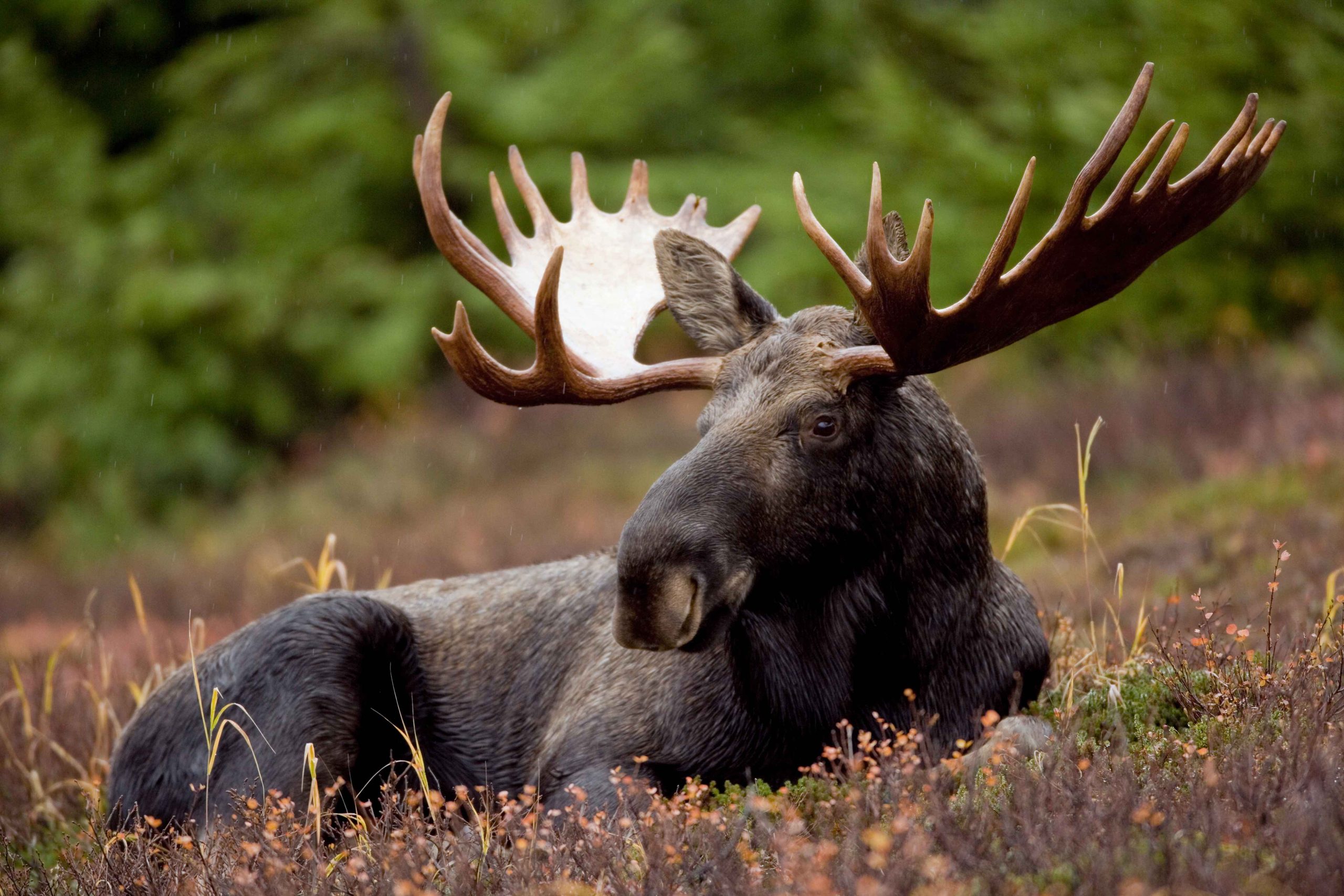The Habitat Conservation Trust Foundation is proud to release the 2024-25 approved project list.
Over $7.5 million in funding has been awarded to 123 projects that will benefit fish, wildlife, and their habitats across B.C.
Included in the list are the approved projects under the Fish & Wildlife Grant, Caribou Habitat Restoration Fund, and Quality Waters program, as well as the provincially-led Conservation Lands and Fisheries O&M programs.

3-251: Interior Fraser Wild Steelhead Conservation – Steelhead tagging for spawning population estimate in the Nicola watershed.
Projects include:
- $91,500 to restore the wetland habitat at a former sawmill site in the heart of the salmonid migratory corridor for the watersheds of two major rivers in Comox Valley
- $152,001 to capture and tag juvenile White Sturgeon in the Fraser River to improve understanding of distribution abundance, recruitment trends, and growth rates
- $45,890 to analyze data on small mammal and vegetation communities in Thompson-Nicola grasslands to better manage BC’s threatened grassland ecosystems
- $83,380 to enhance 112 hectares of elk winter range in Upper Kicking Horse Canyon
- $47,700 to implement recommendations from the Middle and Upper Fraser Bull Trout Management Plan to support sustainable angling and long-term stock conservation
- $37,909 to understand habitat use, movement ecology, and survival of Tawéi (Tlingit word for thinhorn sheep) near Atlin to support sustainable stewardship of the species
- $183,906 for functional and ecological restoration techniques to add an additional 2,358 hectares to intact areas of habitat within the Klinse-Za caribou herd range
- $30,480 for the restoration of riparian black cottonwood forests in the Kettle River watershed

7-540: Prescribed Burns for Wild Sheep Enhancement in Northeastern BC – Implementation of prescribed burn for Stone’s sheep habitat.
To see the list of HCTF-funded projects for 2024-25, click here (PDF download).
Please note that this list does not include Action, Capacity, or Community Grants, for which notifications will go out in the summer. Invasive Mussel Monitoring Grant applicants will be notified in May.
Update May 10th, 2024: The Approved Project List now includes 2024-25 Invasive Mussel Monitoring Grants, Highland Valley Enhancement Fund projects, and funding towards the Invasive Mussel Defense Program. There are now a total of 136 projects and over $7.9M in funding.















